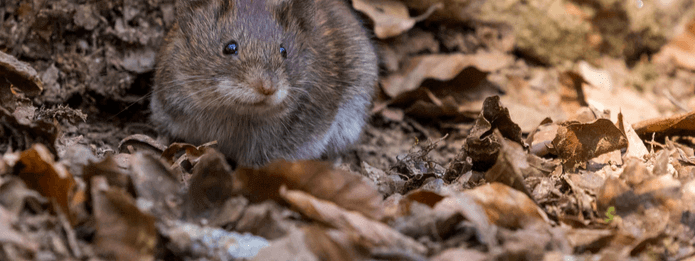
We’re sure that when winter arrives, you’ll have other priorities. You’ll be looking after your house, staying warm, and enjoying cozy meals by the fireplace. You probably aren’t spending too much time thinking about what rats eat in winter.
But it’s important that even if you don’t study it to diploma-level, you at least have some understanding of how rats manage to feed themselves during the long, cold winters. If you miss obvious signs of rat infestations and the food they eat, then they too could be cozying up in your home over the colder months, causing all sorts of damage to your property. In this article, we’re going to look at what rats eat in the winter and why being alert could prevent the need to call the rodent control professionals.
The Rat Diet – Winter Edition
Truth is, you probably haven’t spent much time watching rats eat over summer either. Who would want to? But these expert foragers are incredibly smart animals and will find food before you even realize you’ve left it out. Rats have an incredible sense of smell and that is a significant tool in helping them find the food they need.
During spring and early summer, rats are happy eaters. They can afford to be picky and will prefer to chow down on their favorite meals. Much of the time they even sample foods and if they don’t like the taste, they can afford to keep hunting in search of a tastier find.
Come winter, their diet largely remains the same. That’s because in the latter part of summer and for most of the fall, rats will be stockpiling any scraps of food that they can find. They’ll fill their nests with tasty treats, especially if they’re reproducing during the winter months and need to feed hungry litter.
Unlike other animals like squirrels that stuff themselves in preparation for hibernation, rats remain active during the colder months. It’s essential that they have a stockpile of foods as a food source. Their usual meals are much more difficult to source when they’re covered in snow.
That stockpile doesn’t last forever though. And if it isn’t enough to get them through a long winter, rats can become desperate and will eat just about anything they need to in order to survive. They’ll risk excursions to the yard to gather more seeds from your bird feeder, exposing themselves to the elements. They’ll risk entry to your kitchen to grab what’s there, and might even eat paper and fabric when they need to.
Other Ways Rats Use Your Home
Rats are also likely to find valuable warmth and shelter inside your home – it’s the only way they can survive long winters. When the snow starts to fall, rats that haven’t found a winter home will begin to die.
Their favourite places to build nests are your attic, chimney stacks and even in your walls. Places that are warm but out of sight are obvious targets for rats that don’t want to get caught. If they can build their nests in dark places that are safe from humans and predators, they normally stand a good chance of seeing spring.
Let Truly Nolen Help
That being said, rats certainly won’t be seeing spring in your garden once Truly Nolen is on site. Our Four Season’s approach takes care of rodent control in every season. We understand how their behaviour and daily habits change and make sure that our proactive solution combats that.
Our talented technicians know exactly where to look for rats and we’ll know how they got inside your home in the first place. After we’ve made sure there are no nests left behind, we’ll futureproof your home to prevent future infestations too.